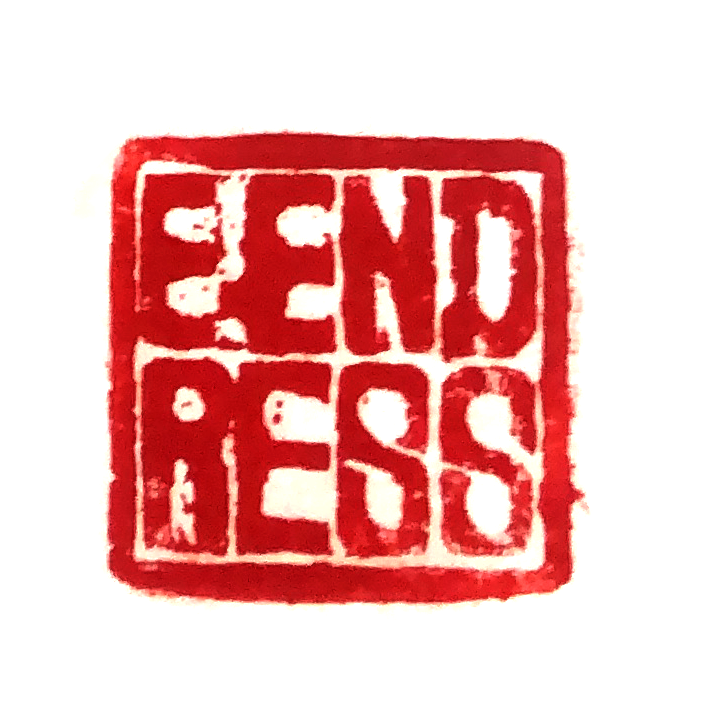Current Research Project
Finding Baroque / St. Augustine FL.
Baroque was at the forefront of the Spanish colonial enterprise. Baroque is an art synthesis created as a Catholic response to the Protestant insurgency–a counter- reformation aesthetic and ideology. Since its incipience in the New World, Baroque was an instrument of colonization and it was vigorously implemented across the Spanish colonies. Masters like Sebastián López de Arteaga or the Italian Jesuit Bernardo Bitti in Cuzco, Peru, were brought to the Americas to train indigenous people to fulfill the need of disseminating religious art and also to create content for churches and other Christian institutions, such as monasteries and educational institutions.
But Baroque was an aesthetic form that works in a contradictory manner allowing in its “horror vacui” (fear of empty space) the insertion of critique disguised in the image-saturated canvas. Baroque worked poorly as a colonizing instrument. Its visual and verbal forms are ample, dynamic, porous, and permeable. In the New World, it immediately began to incorporate the cultural perspectives and iconographies of the indigenous and African laborers and artisans who built and decorated Catholic structures. Cultural heresies often entered unnoticed.
More info in: www.findingbaroque.wordpress.com

